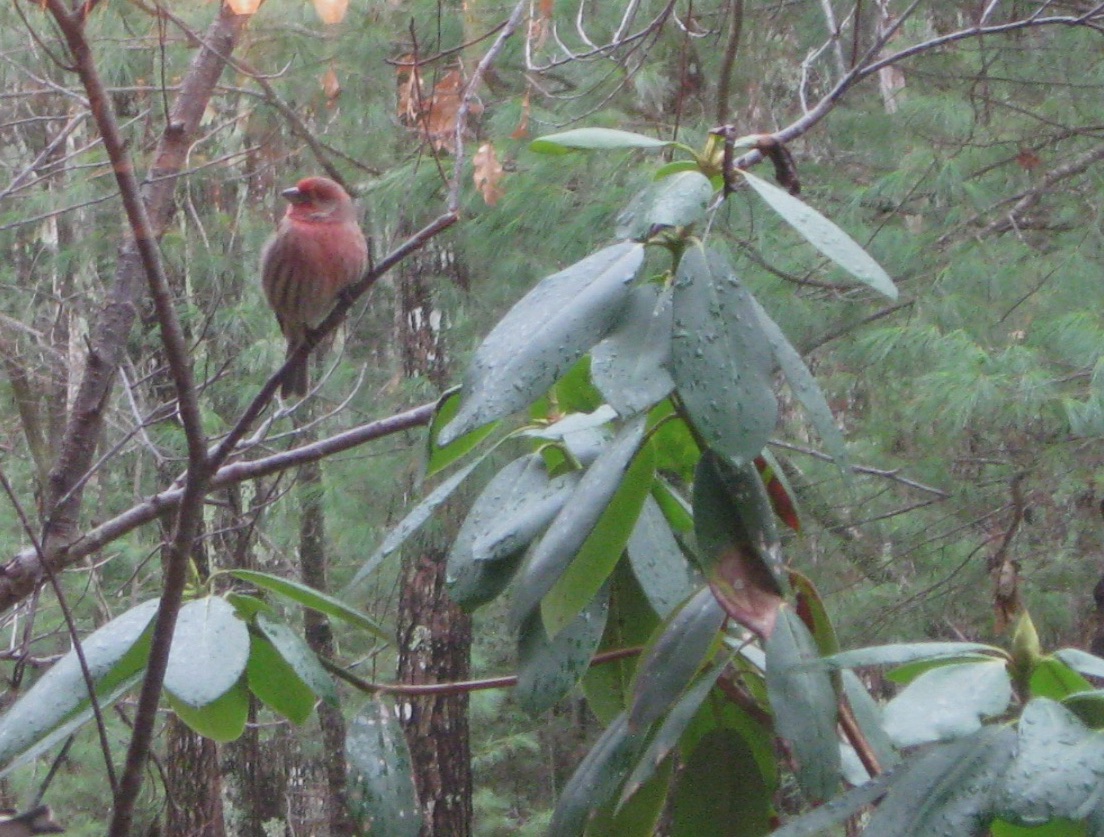
Evening Grosbeak (Coccothraustes vespertinus) Image Credit: Martyne Reesman, Oregon Department of Fish and Wildlife
While I was growing up in New Hampshire, we always had bird feeders. I started to pay serious attention to them the winter I turned 12. That’s the first year I remember seeing birds other than Blue Jays and Chickadees.
We could tell the season by the birds at our feeders.Spring was marked by Mourning Doves, Red-Winged Blackbirds, and Sparrows of several persuasions. Summer brought American Goldfinches, with their gorgeous bright plumage, zig-zag flight and constant song. My dad would let one or two Scottish Thistles bloom so we could enjoy the Goldfinches feasting on the seeds in late summer. Nuthatches and woodpeckers got serious about the suet in late fall. In winter, we had Chickadees, Eastern Blue Jays, Juncos, Pine Siskins, Red Polls, Purple Finches. And my favorites; huge flocks of Evening Grosbeaks. They were rather like giant Goldfinches in coloration, and in their constant chatter. They would descend on the feeders in February or March, often in the aftermath of a heavy snow. They would devour everything in sight, going through pounds of sunflower seeds in minutes, chattering the entire time.
I expected to see Evening Grosbeaks here in Maine last winter or this. I haven’t. I haven’t seen Red Polls or Pine Siskins or Towhees, either. I stumbled upon this 2016 article today by Nat Wheelwright “Bird by Bird, The Avian Population is Shrinking” Nat Wheelwright is the Bowdoin Professor of Natural Sciences and Chair of the Biology Department. He notes:
Earlier this summer, the National Audubon Society released a definitive study of population trends of North American birds, a monumental effort based on decades of Christmas bird counts and breeding bird surveys. The study confirms what my grandfather feared and what most of us now know. Birds that I used to see routinely growing up in New England – evening grosbeaks, eastern meadowlarks, northern bobwhites – are in free fall. The losses are mind-boggling.
There are still large flocks of Evening Grosbeaks in the North, but not in Southern New Hampshire, or coastal Maine. One reason may be that Southern states managed to defeat the Spruce Bud Worm, whose grubs are a favorite food for Evening Grosbeaks.
Other birds I haven’t seen are Eastern Towhees (which used to be called Rufous-Sided Towhees), Redpolls, and and Pine Siskins; all of which are no longer common in New Hampshire or Maine.











